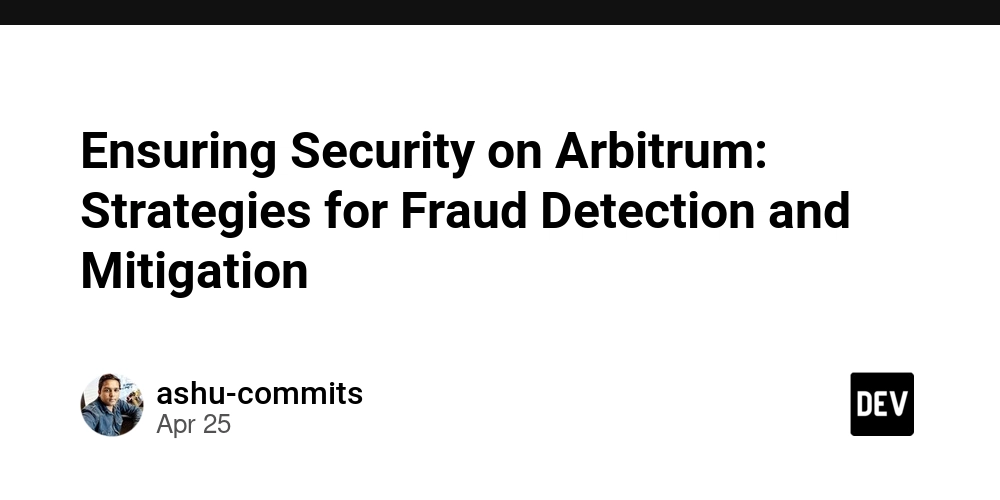10 Core Docker Topics You Can’t Ignore Before Going Live
Docker has transformed modern application development by introducing isolated, reproducible environments that streamline deployment and reduce system-level conflicts. But for many developers, the learning curve can be steep—especially when juggling concepts like images, containers, volumes, networks, and multi-container orchestration. This blog serves as your executive summary of Docker fundamentals—designed for engineers who want to understand the why behind each concept and learn how to implement them effectively. Each section includes a link to a detailed, hands-on post to explore the topic further. 1. Images vs Containers: Blueprint vs Runtime A Docker image is a read-only blueprint that defines the application environment—its dependencies, tools, and configuration. A container is the runtime instance of that image—an isolated process running on your system. In practice: Image = Static snapshot (code + OS packages + environment) Container = Live, isolated execution of that snapshot Containers are stateless by design, but they can interact with data via volumes or mounts.

Docker has transformed modern application development by introducing isolated, reproducible environments that streamline deployment and reduce system-level conflicts. But for many developers, the learning curve can be steep—especially when juggling concepts like images, containers, volumes, networks, and multi-container orchestration.
This blog serves as your executive summary of Docker fundamentals—designed for engineers who want to understand the why behind each concept and learn how to implement them effectively. Each section includes a link to a detailed, hands-on post to explore the topic further.
1. Images vs Containers: Blueprint vs Runtime
A Docker image is a read-only blueprint that defines the application environment—its dependencies, tools, and configuration. A container is the runtime instance of that image—an isolated process running on your system.
In practice:
-
Image = Static snapshot (
code + OS packages + environment) - Container = Live, isolated execution of that snapshot
Containers are stateless by design, but they can interact with data via volumes or mounts.










































































































































































![[The AI Show Episode 146]: Rise of “AI-First” Companies, AI Job Disruption, GPT-4o Update Gets Rolled Back, How Big Consulting Firms Use AI, and Meta AI App](https://www.marketingaiinstitute.com/hubfs/ep%20146%20cover.png)















































































































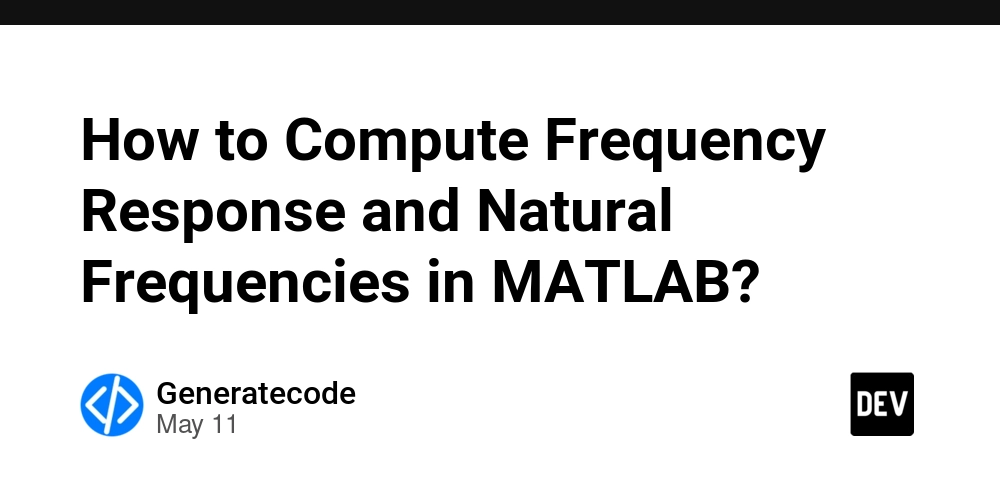












![[FREE EBOOKS] Offensive Security Using Python, Learn Computer Forensics — 2nd edition & Four More Best Selling Titles](https://www.javacodegeeks.com/wp-content/uploads/2012/12/jcg-logo.jpg)



![Ditching a Microsoft Job to Enter Startup Purgatory with Lonewolf Engineer Sam Crombie [Podcast #171]](https://cdn.hashnode.com/res/hashnode/image/upload/v1746753508177/0cd57f66-fdb0-4972-b285-1443a7db39fc.png?#)




















































































































































































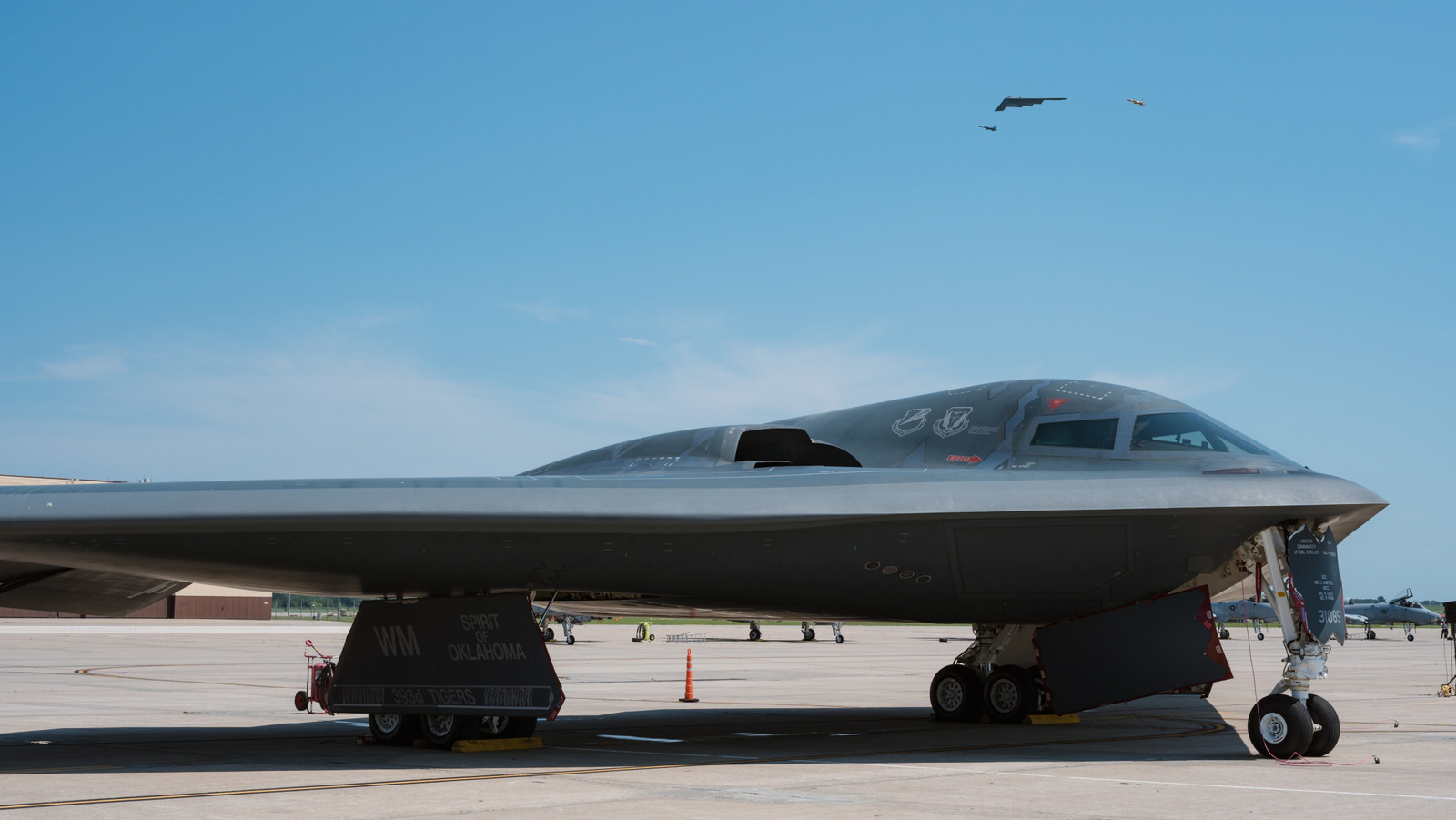


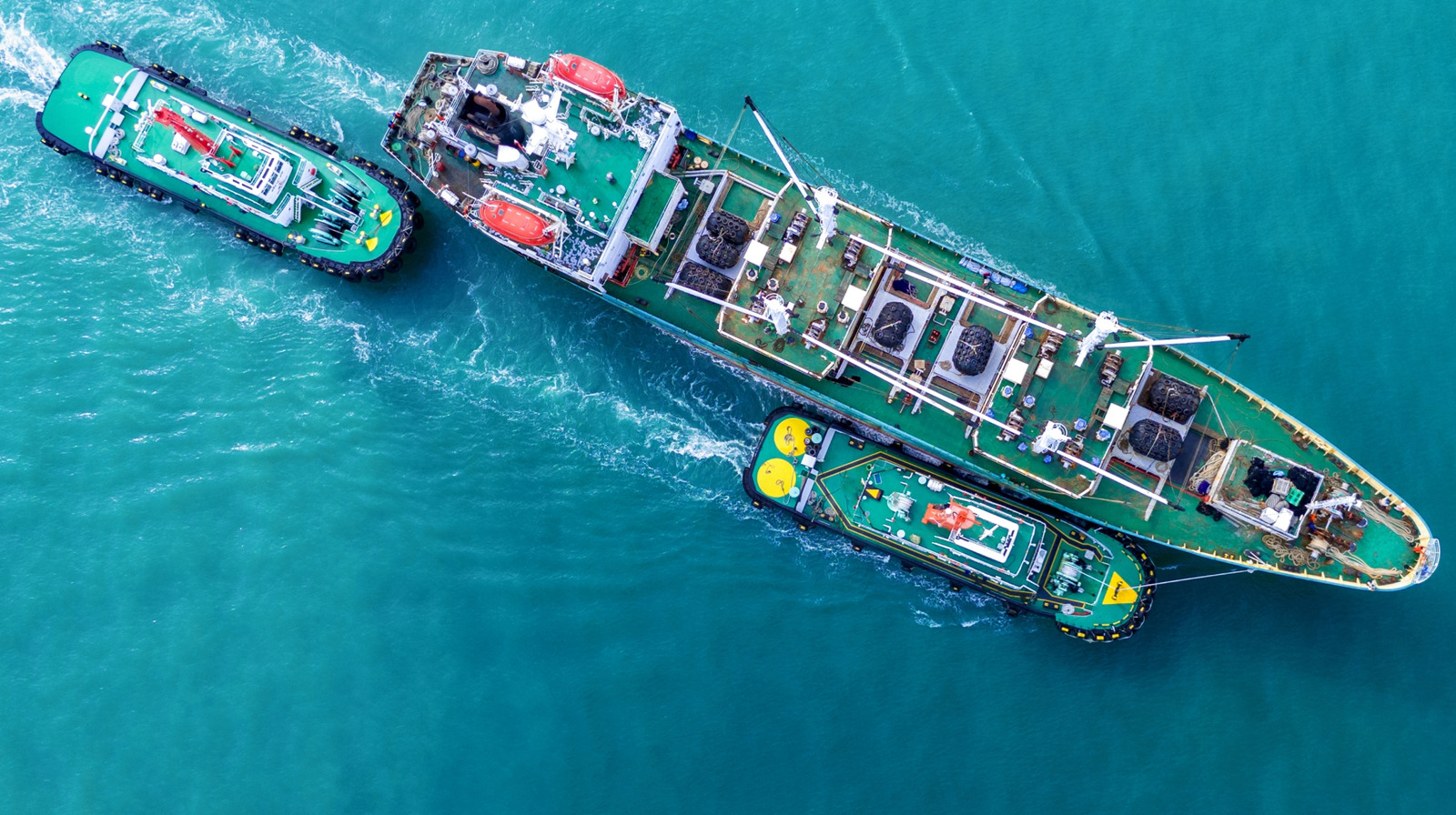






































-xl.jpg)













![As Galaxy Watch prepares a major change, which smartwatch design to you prefer? [Poll]](https://i0.wp.com/9to5google.com/wp-content/uploads/sites/4/2024/07/Galaxy-Watch-Ultra-and-Apple-Watch-Ultra-1.jpg?resize=1200%2C628&quality=82&strip=all&ssl=1)













![Apple M4 iMac Drops to New All-Time Low Price of $1059 [Deal]](https://www.iclarified.com/images/news/97281/97281/97281-640.jpg)
![Beats Studio Buds + On Sale for $99.95 [Lowest Price Ever]](https://www.iclarified.com/images/news/96983/96983/96983-640.jpg)

![New iPad 11 (A16) On Sale for Just $277.78! [Lowest Price Ever]](https://www.iclarified.com/images/news/97273/97273/97273-640.jpg)















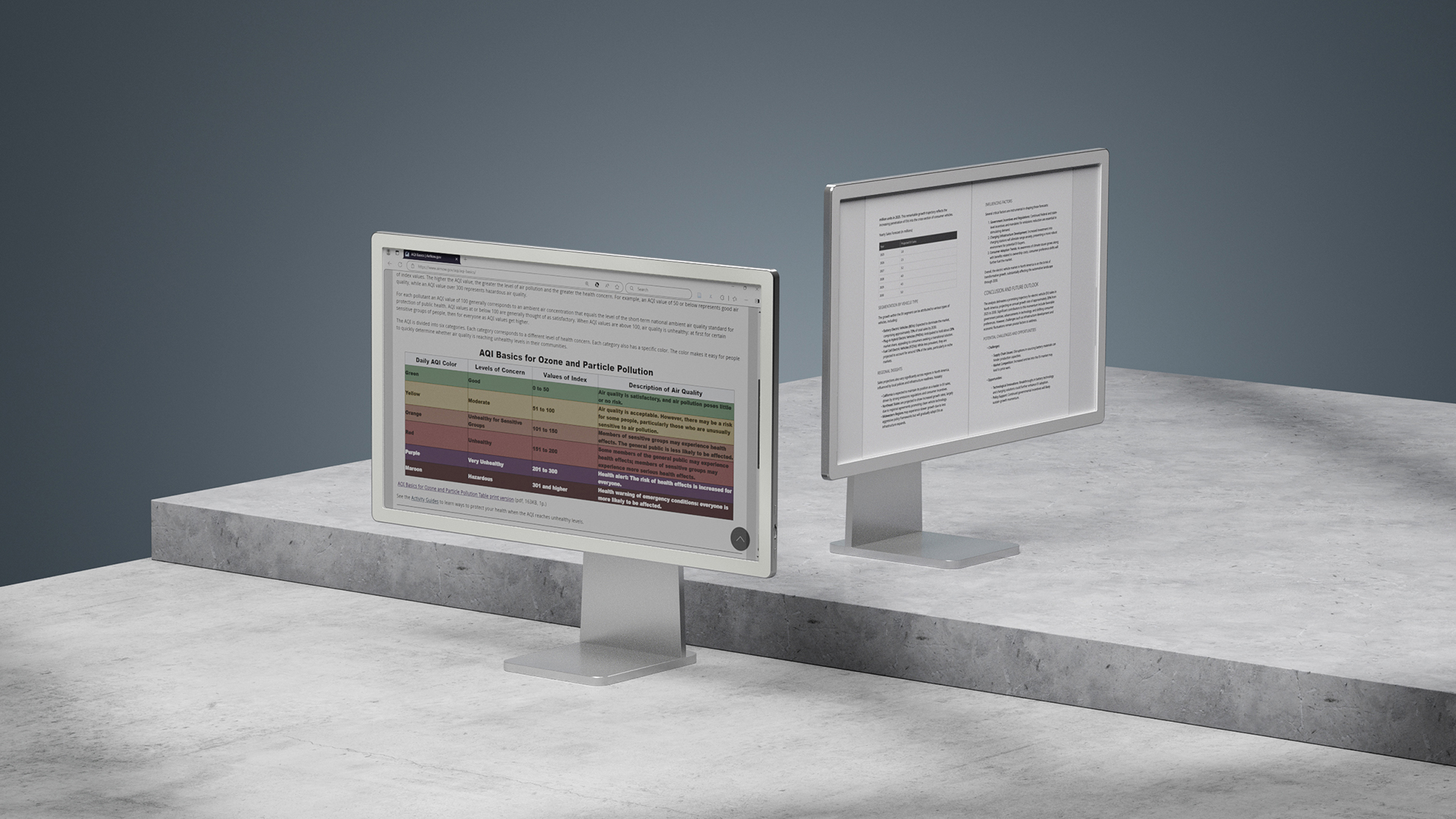























![Apple's 11th Gen iPad Drops to New Low Price of $277.78 on Amazon [Updated]](https://images.macrumors.com/t/yQCVe42SNCzUyF04yj1XYLHG5FM=/2500x/article-new/2025/03/11th-gen-ipad-orange.jpeg)



![[Exclusive] Infinix GT DynaVue: a Prototype that could change everything!](https://www.gizchina.com/wp-content/uploads/images/2025/05/Screen-Shot-2025-05-10-at-16.07.40-PM-copy.png)






















































